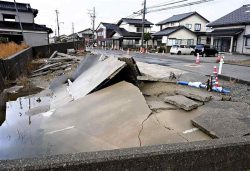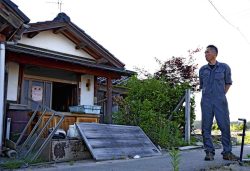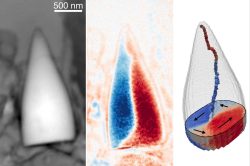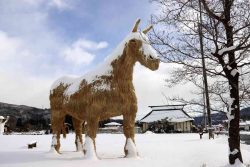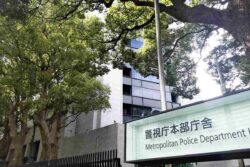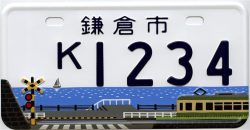Beloved Salt Farmer Killed in Noto Peninsula Earthquake; Farmer’s Student Vows to Keep Traditional Method
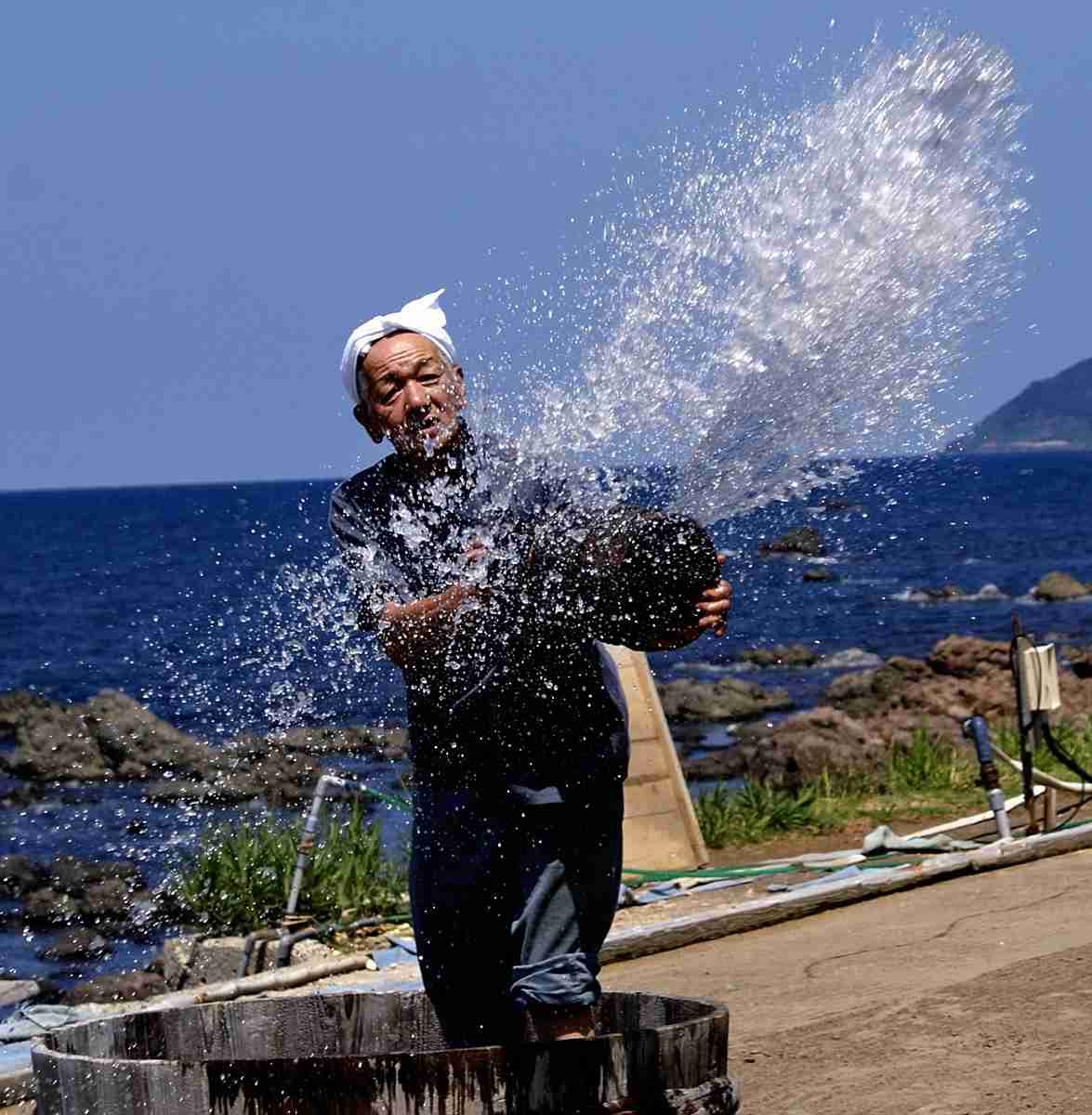
Kenichi Nakamae
7:00 JST, February 22, 2024
SUZU, Ishikawa — Salt farmer Kenichi Nakamae, 77, died when his house collapsed during the Noto Peninsula Earthquake on Jan. 1 in Suzu, Ishikawa Prefecture, but those who learned the trade’s traditional techniques from him are determined to keep them alive.
Nakamae used Agehamashiki Seien salt-farming techniques, which are unique to the Noto area, and his salt is said to have had a gentle sweetness, a reflection of his personality.
“Nakamae generously taught us, who were strangers to the area, his methods and techniques,” said Rii Nakamide, a woman who learned Suzu’s salt production techniques from Nakamae. “To repay his kindness, we’ll never let the tradition die out.”
Nakamide, 76, president of a company engaged in regional revitalization in Kaga, Ishikawa Prefecture, went to her salt production facility on Feb. 14 for the first time since the earthquake.
Nakamide realized that the shoreline had moved farther from the facility as a result of a ground uplift triggered by the earthquake. When she lifted one of the sheets covering a salt field on the beach, she found cracks about 3 centimeters wide, stretching for several meters. Luckily, the production facility, cauldrons and seawater purification tanks were undamaged.
Nakamide said she thought that Nakamae had protected them.
Agehamashiki salt production is a method that involves throwing seawater over a sand field and letting the sun evaporate the water, leaving only the salt, which is later boiled in a cauldron. In the northern Noto Peninsula area, about 20,000 tons of salt are said to have been produced annually at its peak, which was between the end of the Edo period (1603-1867) and the early Meiji era (1868-1912).
Salt was monopolized by the government, and an influx of cheap imported salt reduced the number of salt producers in the area to just one in the 1960s. However, as the government monopoly of salt ended in 1997, the traditional salt farming method survived. It was around this time that Nakamae, who was running a construction business at the time, took up salt production.
The salt produced by Nakamae was neither too coarse nor too fine and had a subtle sweetness. Captivated by the taste, Nakamide asked Nakamae to teach her the art of salt making. It took about a year before Nakamae agreed to the request.
The salt-farming method is generally only passed down among local residents. However, Nakamae, who treated everyone equally, spent a year teaching Nakamide’s employee. Nakamae even helped them design salt fields and a cauldron.
“I heard there was some backlash in the community, but he stood up for us,” Nakamide said.
When she heard that Nakamae had died in the earthquake, she felt as if she had lost a parent.
The installation of new pumps and other work is required in order to resume salt production. The road ahead is uncertain, but she said that she will never give up.
“We’ll keep moving forward, step by step,” Nakamide said. “Nakamae will remain in our hearts and we’ll continue to pass on this historical [traditional method].”
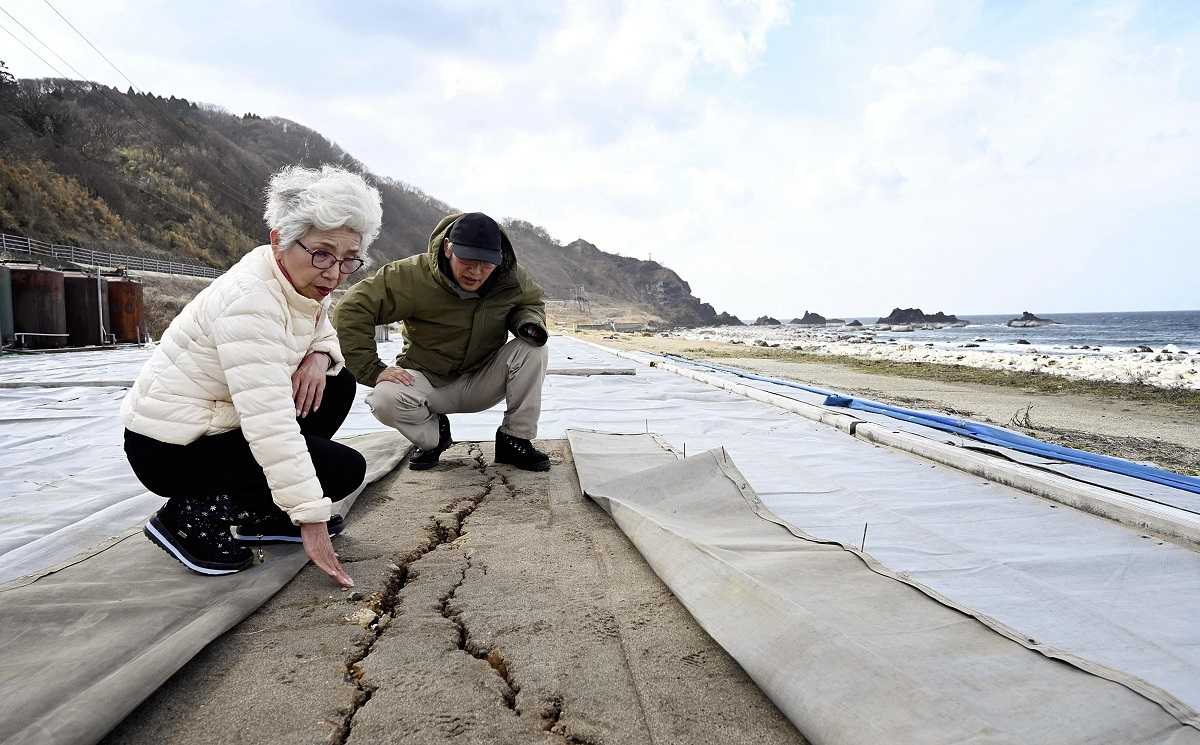
Rii Nakamide, front, and her employee look at cracks in a salt field that resulted from the Noto Peninsula Earthquake, in Suzu, Ishikawa Prefecture, on Feb. 14.
Bringing joy
Kazuo Miyazaki, chair of Kansai Suzukai, a group based in the Kansai region comprising people from Suzu, has been making handmade kakimochi rice crackers using salt produced by Nakamae and delivering them to those who had to evacuate Suzu. Only about 500 grams of Nakamae’s salt is left. If Miyazaki uses the salt to make kakimochi using the 90 kilograms of rice he has prepared, almost all of the salt will be gone. But Miyazaki believes that Nakamae would be pleased to know that it was used to help bring a little joy to the people of the Noto area.
"Society" POPULAR ARTICLE
-

Tokyo’s Off Limit Areas Becoming Popular for Tours
-
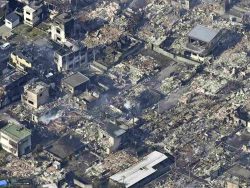
Fire Damages 170 Buildings in Oita, Western Japan
-

Tatsuya Nakadai, Japanese Actor, Dies at 92; Appeared in Films Including “The Human Condition” and “Ran” (UPDATE 1)
-

M5.7 Earthquake Hits Japan’s Kumamoto Pref., Measuring Upper 5 Intensity, No Tsunami Expected
-

No Easy Fix for Tokyo’s Soaring Real Estate Prices
JN ACCESS RANKING
-

Govt Plans to Urge Municipalities to Help Residents Cope with Rising Prices
-

Japan Resumes Scallop Exports to China
-

Japan Prime Minister Takaichi Vows to Have Country Exit Deflation, Closely Monitor Economic Indicators
-

Japan to Charge Foreigners More for Residence Permits, Looking to Align with Western Countries
-

Japan GDP Down Annualized 1.8% in July-Sept.


